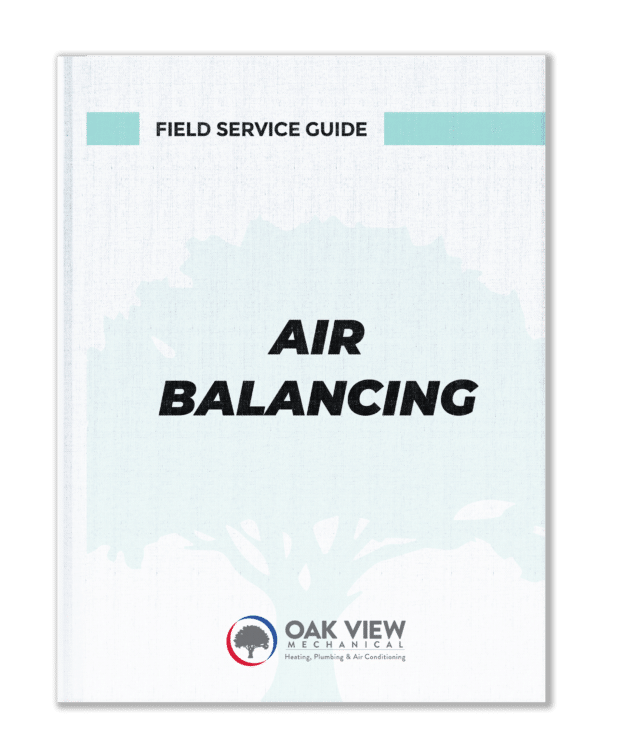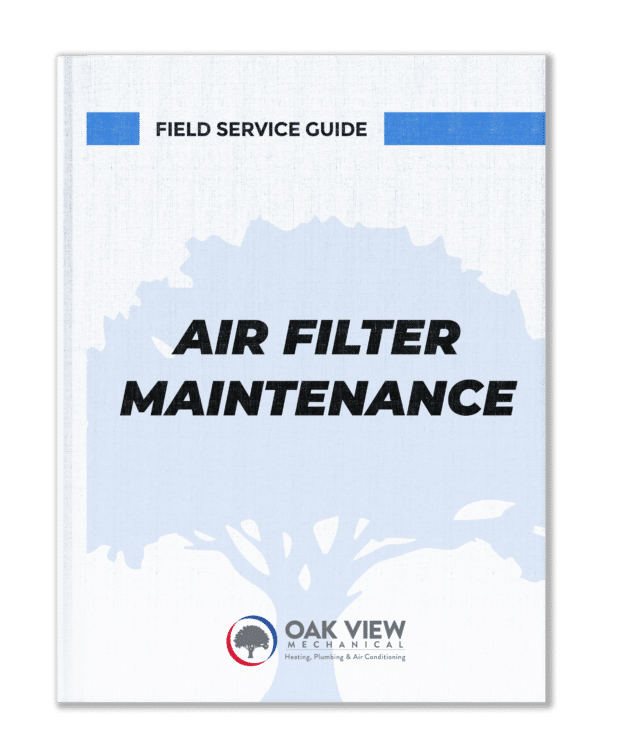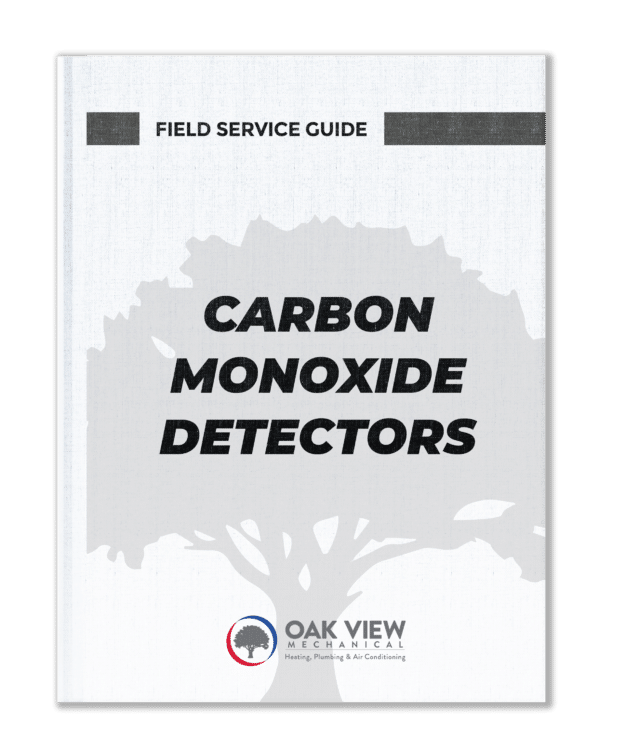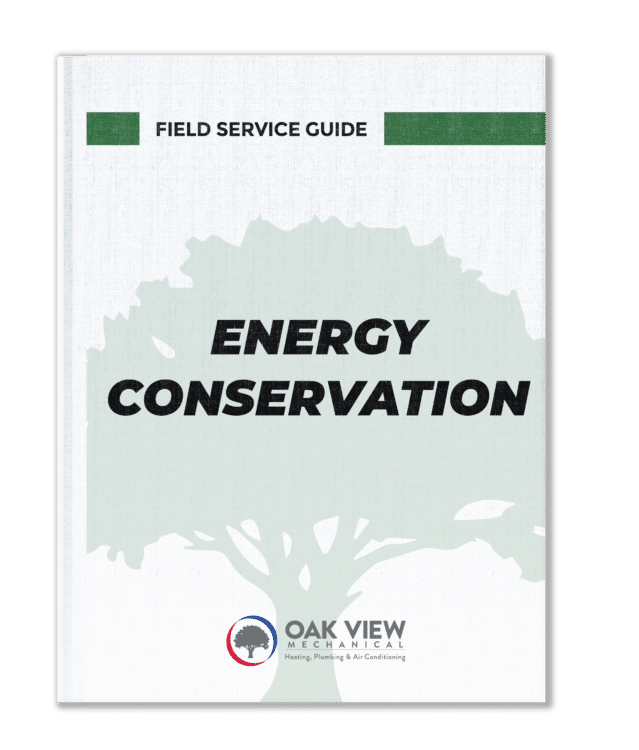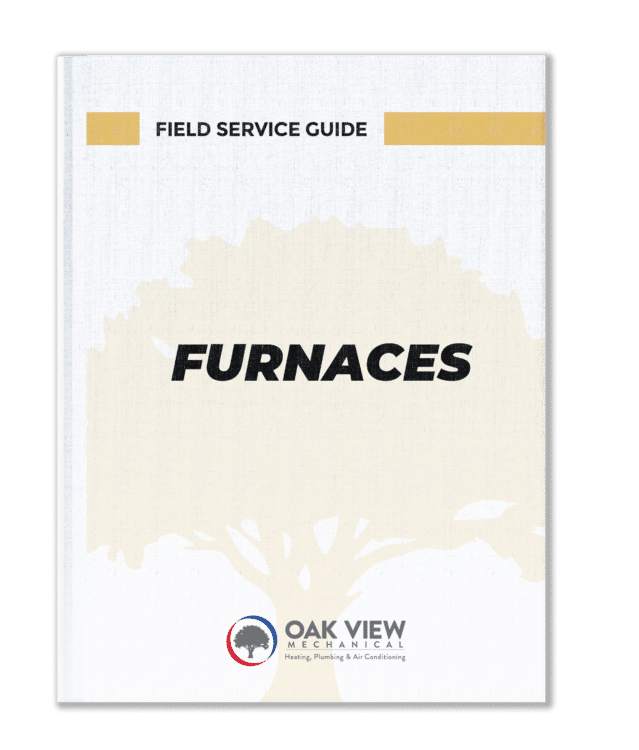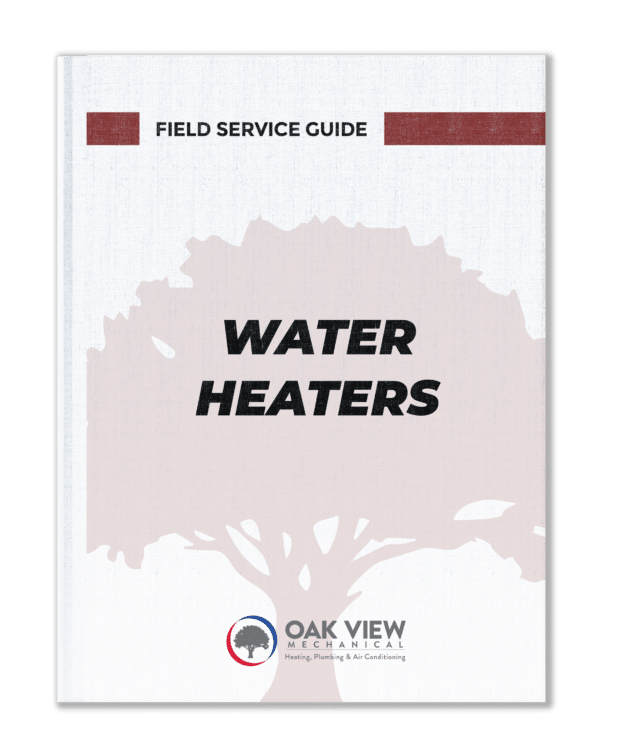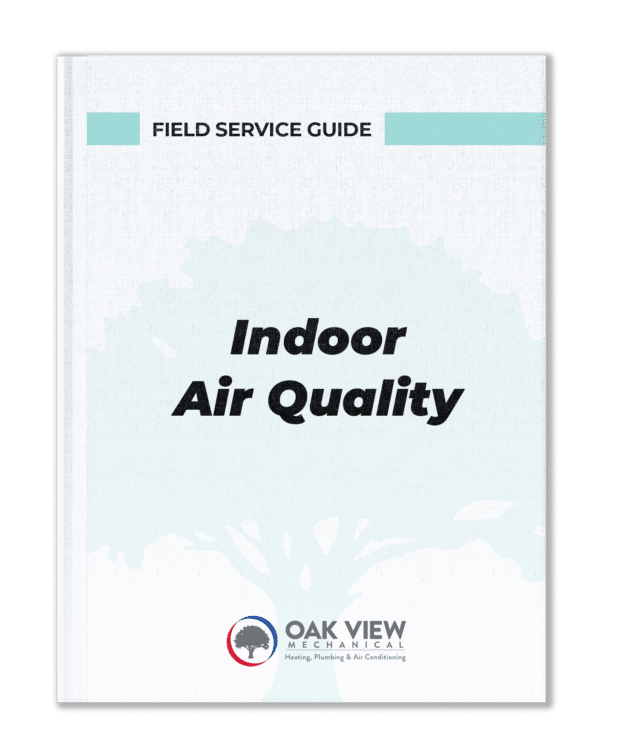What does refrigerant do in my Air Conditioning System?
Refrigerant flows through coils in your air conditioning equipment. During the cooling process, it transforms between liquid and gaseous states.
It either absorbs or emits heat depending on its state. When it travels from indoor to outdoor air-conditioning units as the pressure changes, it traps heat and removes it, before cycling back. The air is cooled in this way, and is moved throughout your home by your furnace’s blower and your ductwork.
Different refrigerants require different pressures to operate efficiently, or at all. This in turn, requires proper equipment to maintain the pressures at various points of the process.
Hydrofluorocarbons are used as refrigerants in air conditioning systems. They became widely used beginning in the late 1980s in accordance with the Montreal Protocol, a treaty that mandated that countries phase out of the use of chemicals such as halons and chlorofluorocarbons (CFC), that contributed to the depletion of the Earth’s ozone layer.
R-22 (Freon) is a hydrochlorofluorocarbon (CFC). It was replaced in the 1990s when R-410A (Puron) became widely available. R-22 was officially banned on imports and production starting January 1, 2020. If your system was installed before 2010, chances are that R-22 is its refrigerant.
R-410A is a hydrofluorocarbon. While HFCs are ozone friendly, they are potent greenhouse gasses.
R-454B (Puron Advance) is a hydrofluoroolefin based refrigerant that will replace R-410A in new equipment designs, beginning January 1, 2025. R-454B is a mildly flammable low global warming potential (GWP) refrigerant that offers the optimal balance of properties to replace R-410A in direct expansion air conditioning, chiller and heat pump applications.
Mitsubishi Electric, Carrier, Johnson Controls and others are transitioning to R-454B. Other manufacturers may not shift to R-454B, but are required to comply with the UN Montreal Protocol Kigali Amendment.
According to the International Energy Agency, energy required for air conditioning is likely to triple by 2050, with an equivalent of ten new air conditioning units projected to be sold every second for the next 30 years.
This huge demand has environmental consequences. The current refrigerants used in HVAC have been accused of driving up greenhouse gas emissions.
The American Innovation and Manufacturing (AIM) Act of 2020 was signed into law by President Trump in December 2020. It mandates the Environmental Protection Agency reduce production and consumption of HFCs by 85% over the next 15 years.
What does this mean for the homeowner?
- If your air conditioner or heat pump is running efficiently, there’s no immediate action that needs to be taken. If you are looking to replace your system before 2025, you will find plenty of units for sale that use R-410A.
- It is important to have an action plan for a new air conditioning system if your current air conditioner uses R-22 or R-410A. Because those compounds will not be available forever, their scarcity will drive up the cost of repairs.
- Refrigerants operate at different pressures, which necessitates specific parts and equipment to manage the pressures properly. A R-22 or R-410A system will not be calibrated for a different pressure, and the cost to retrofit your equipment will approach the cost of a brand-new system, if even possible, while likely voiding any existing warranties you have on your current system.
- You do not need to know what type of refrigerant your system is using. Your HVAC contractor can deal with that. (It will usually be shown on the data plate for the condenser)
If you are looking to replace your system before the coolant change, you will find plenty of units for sale that use R-410A.
